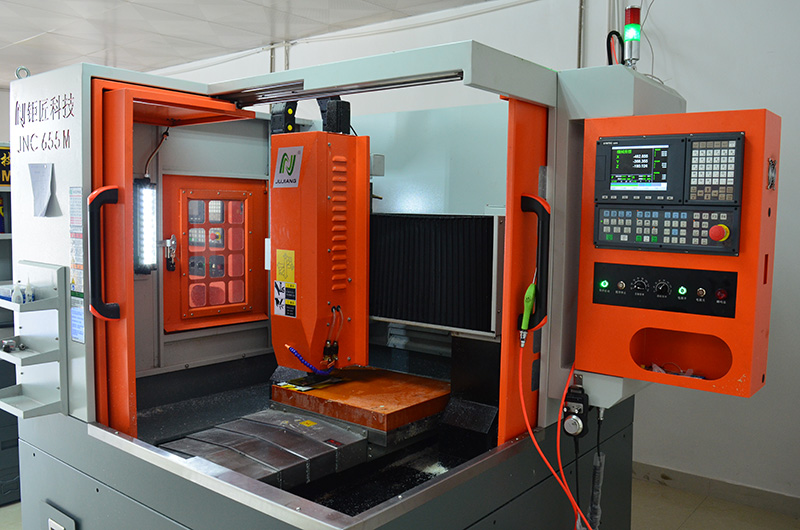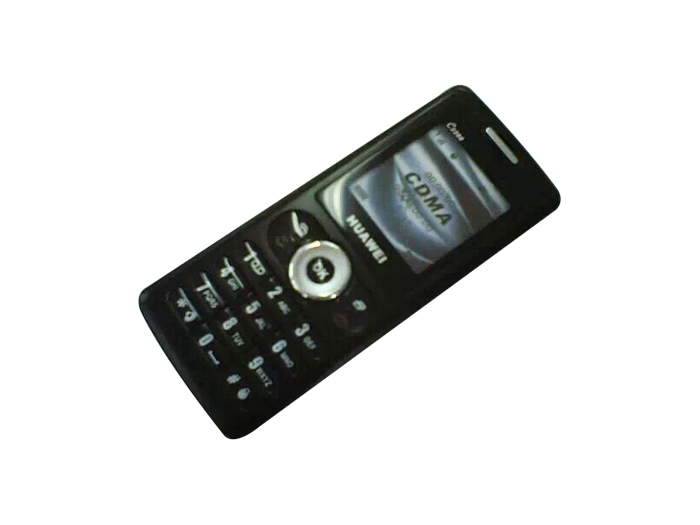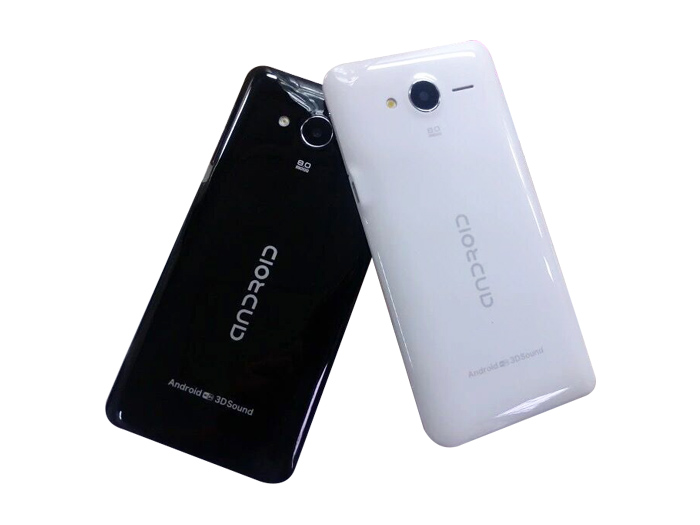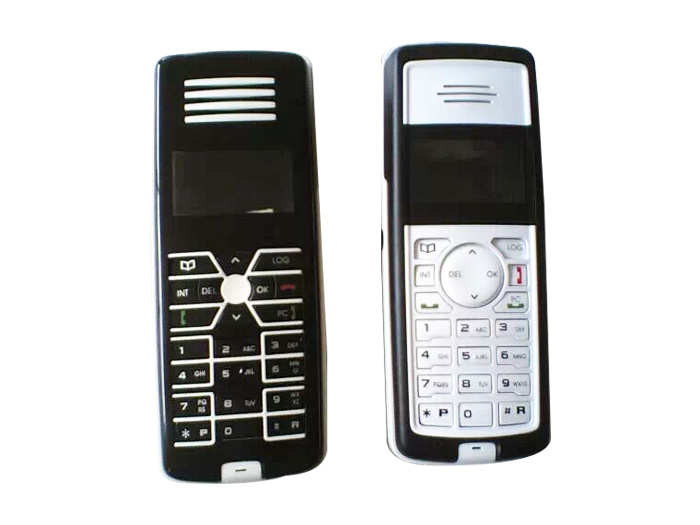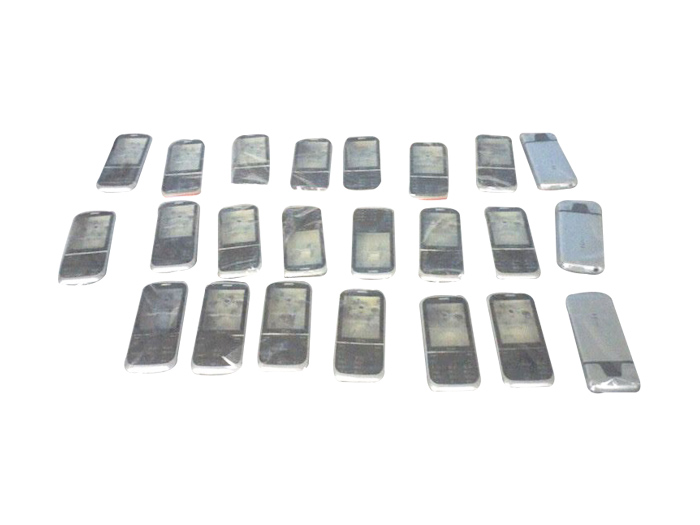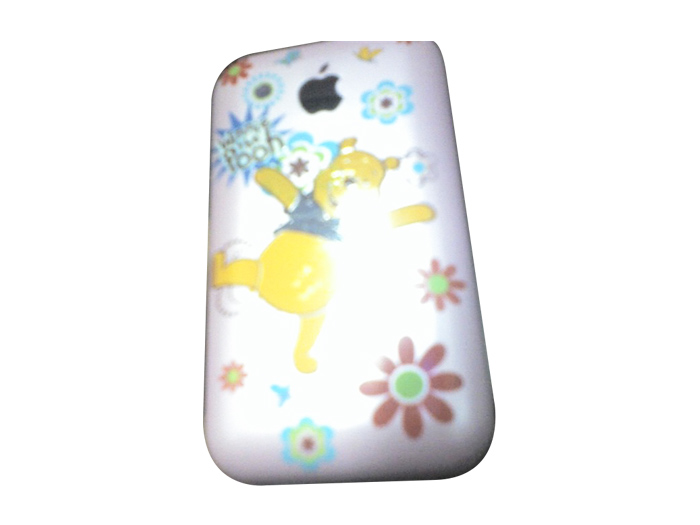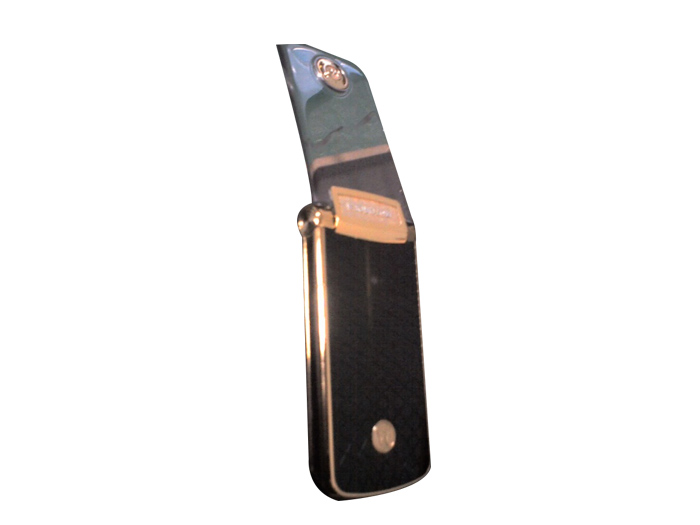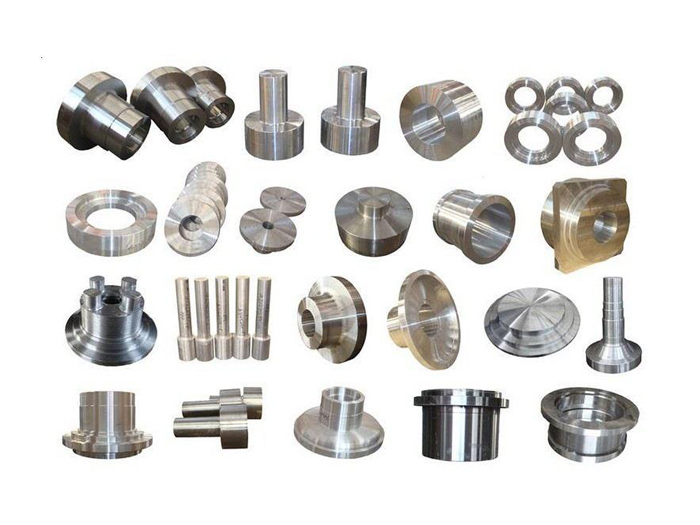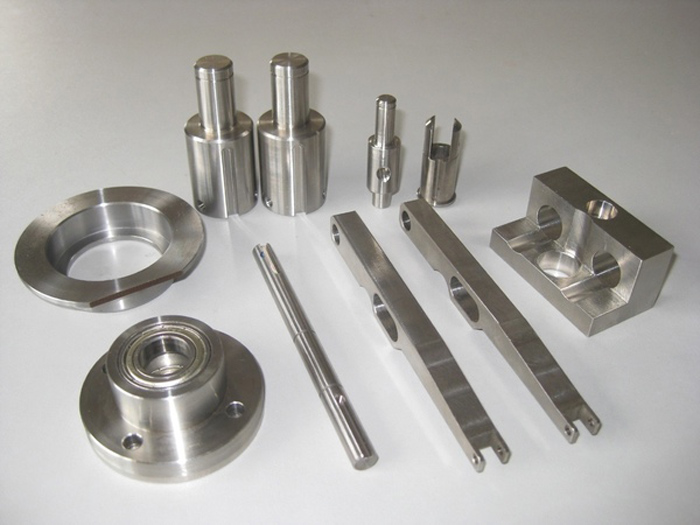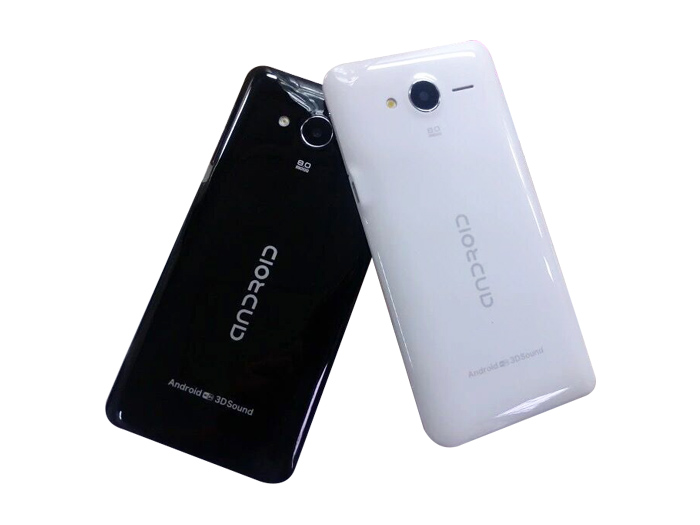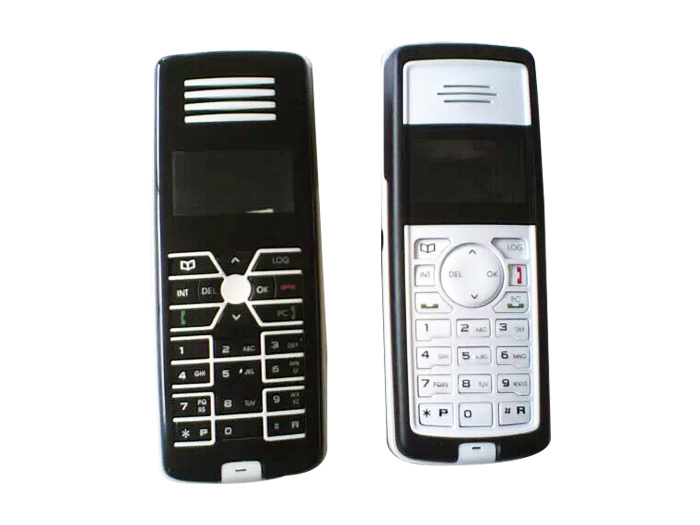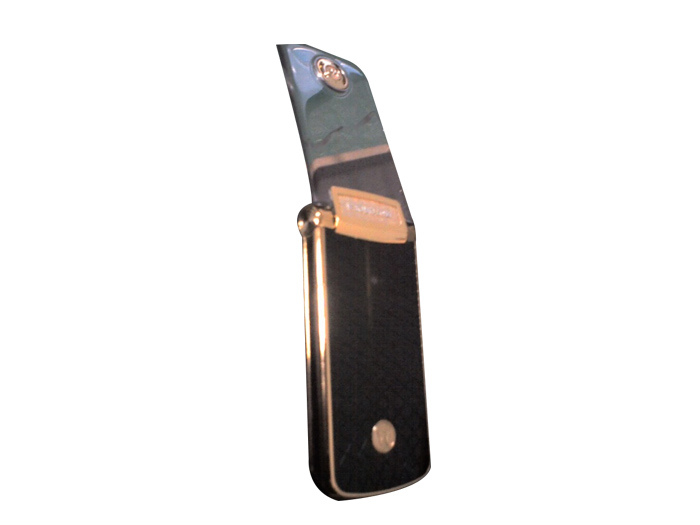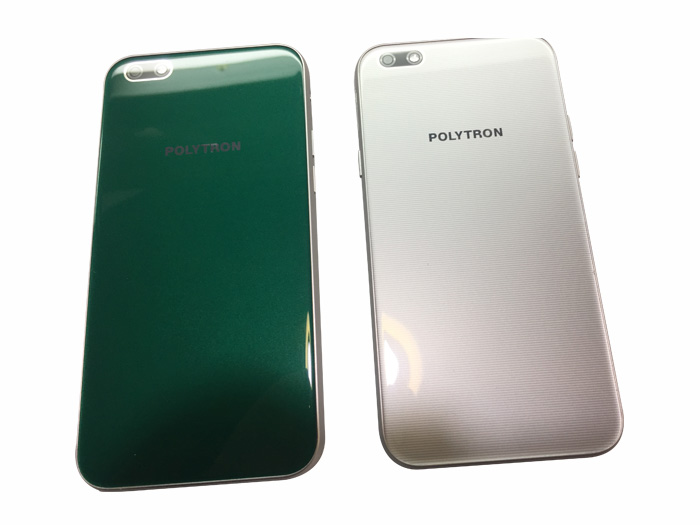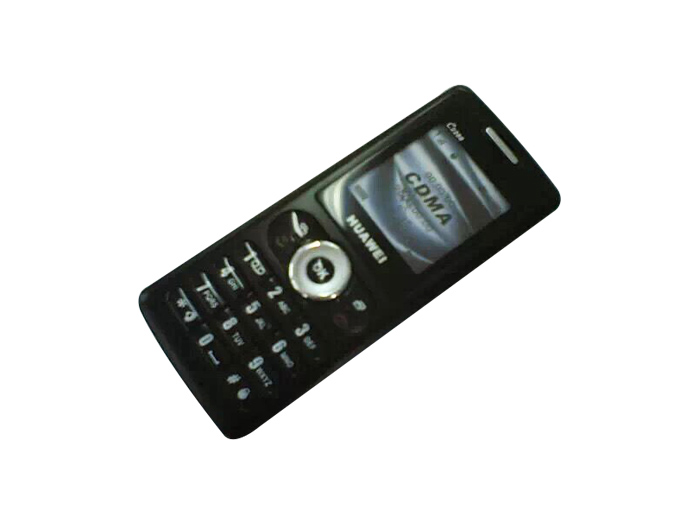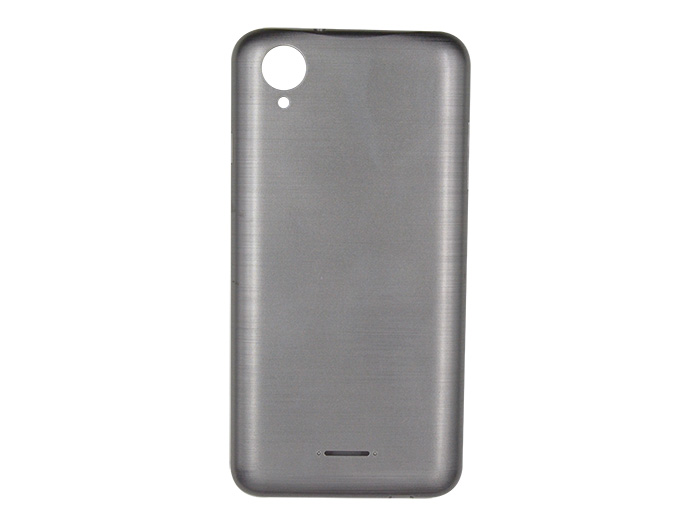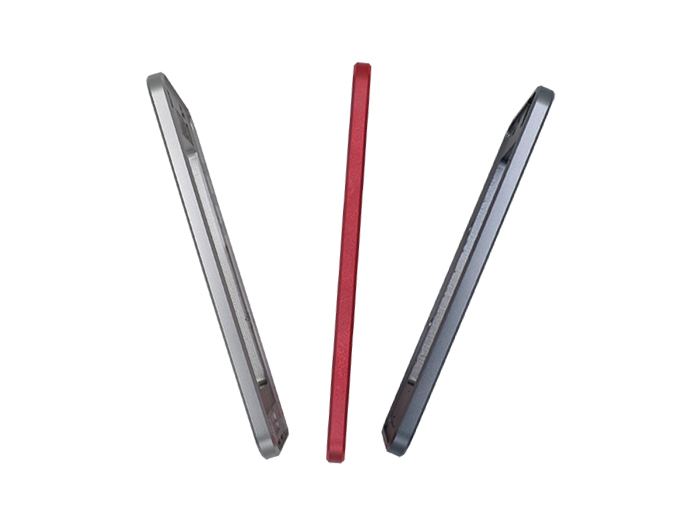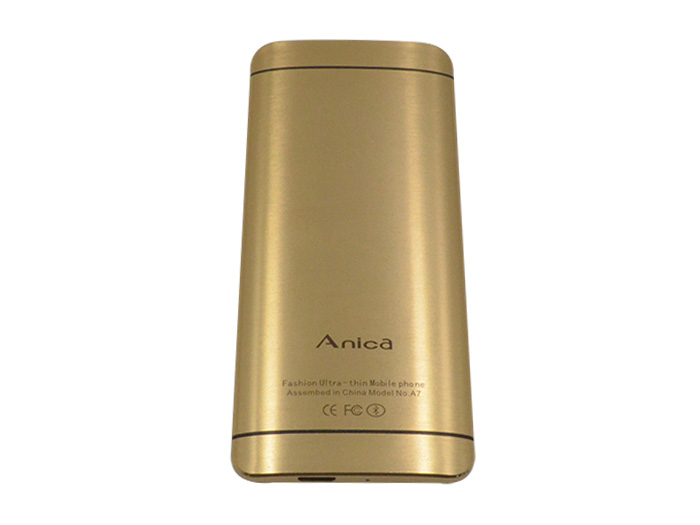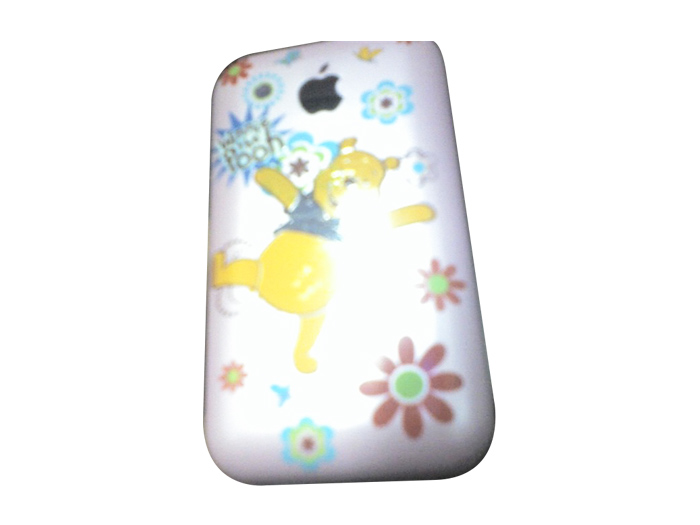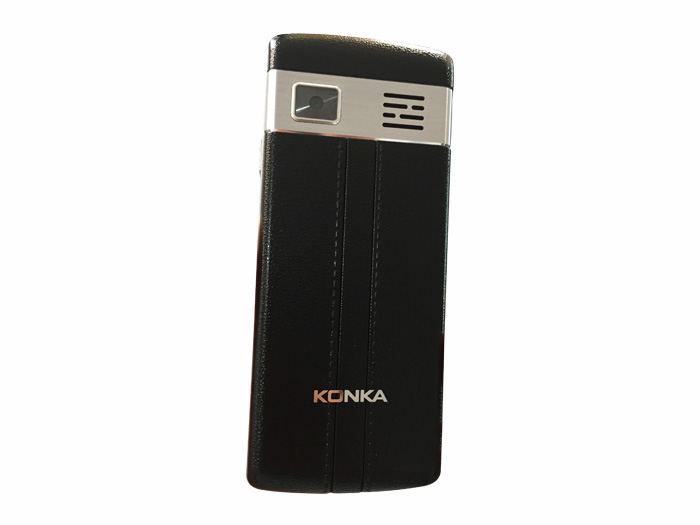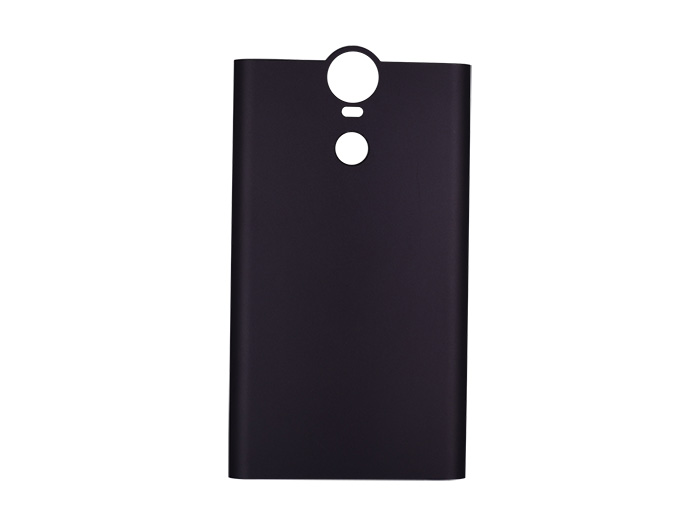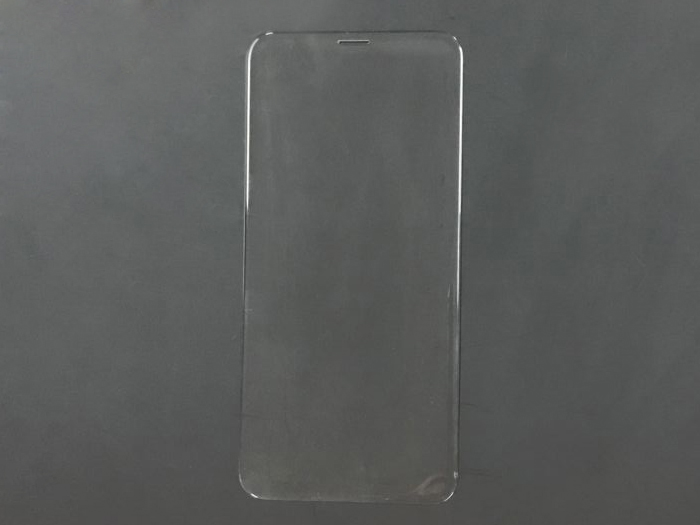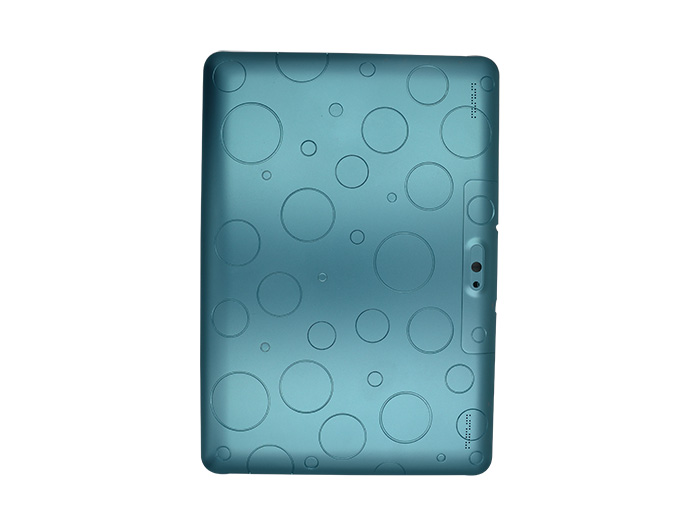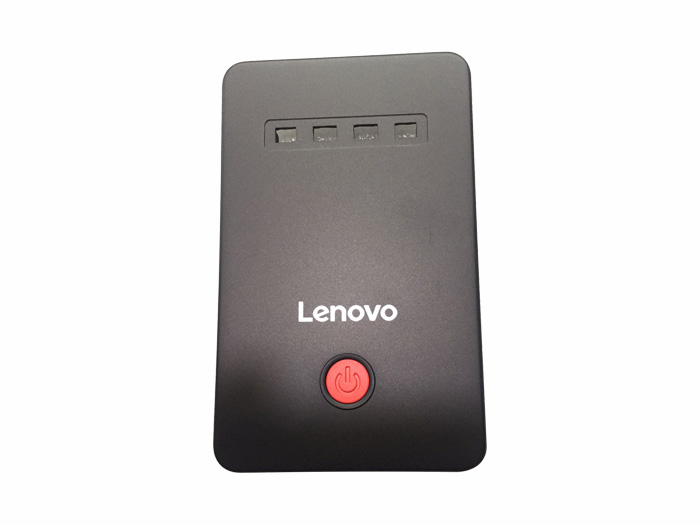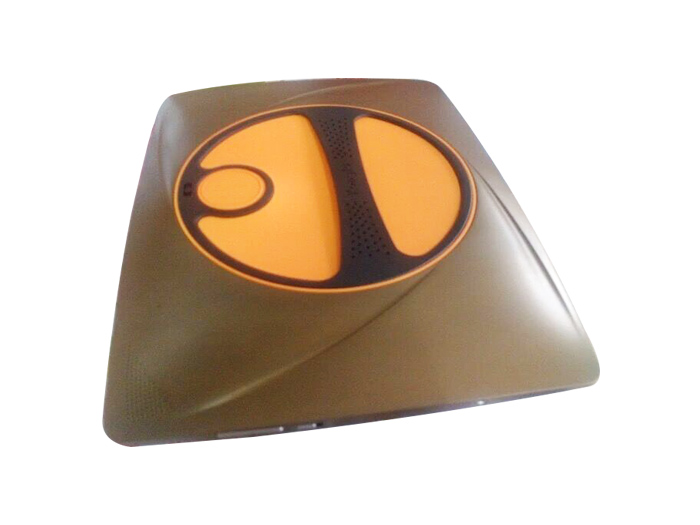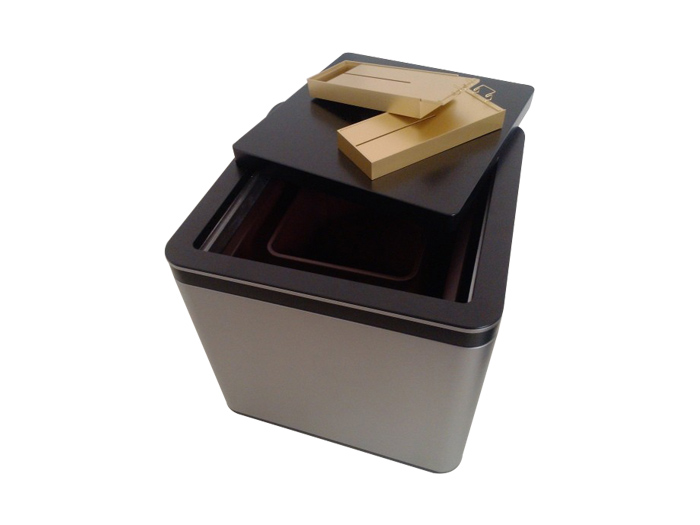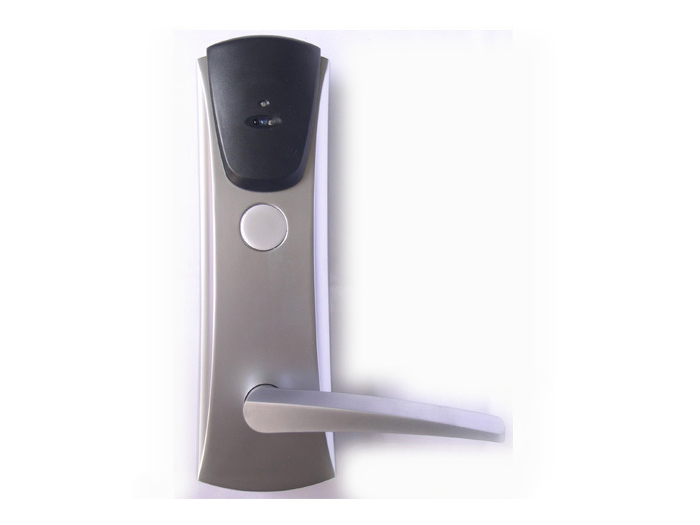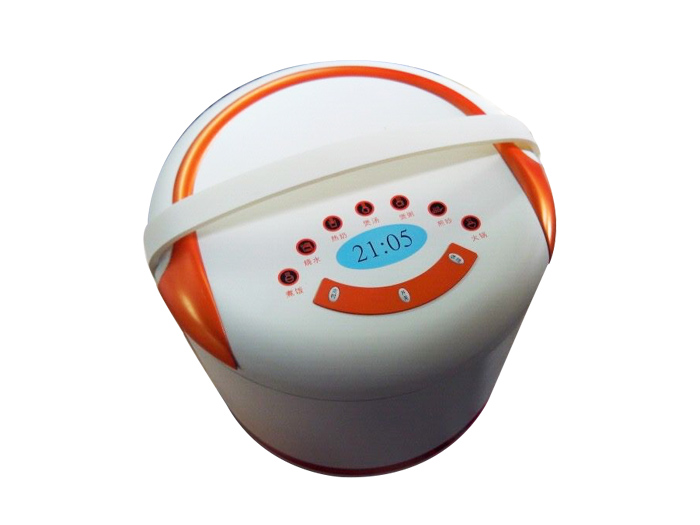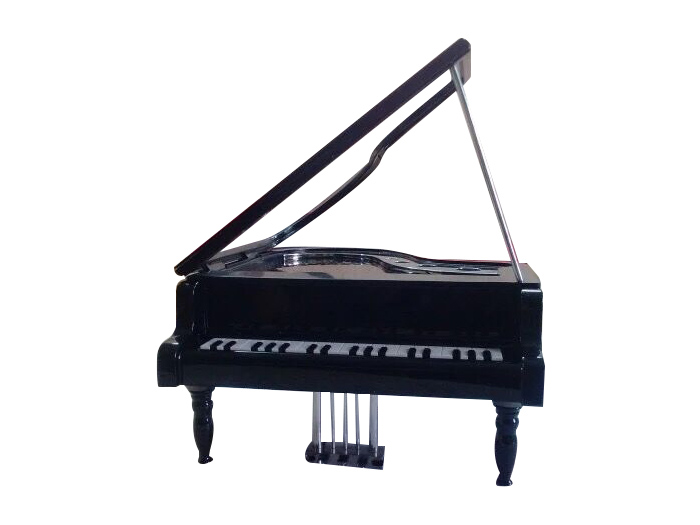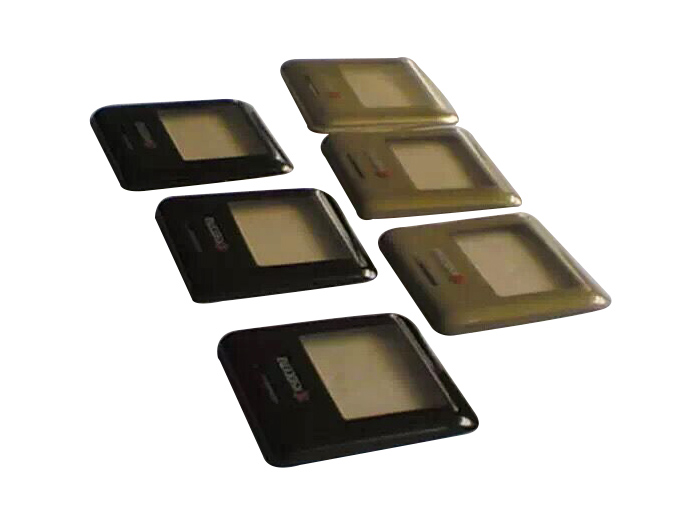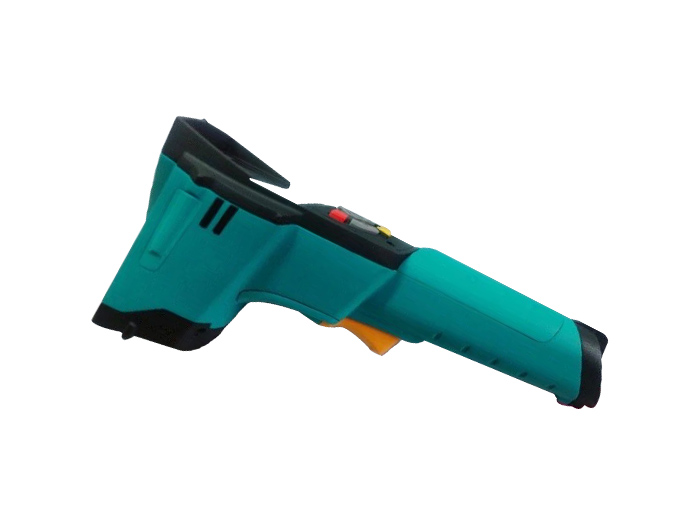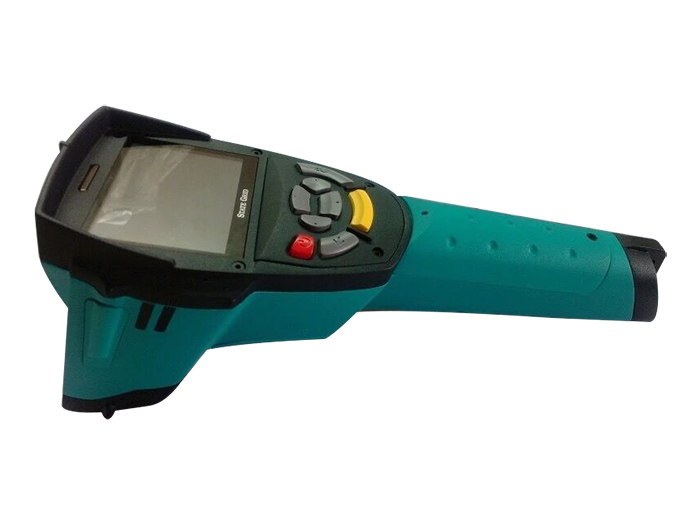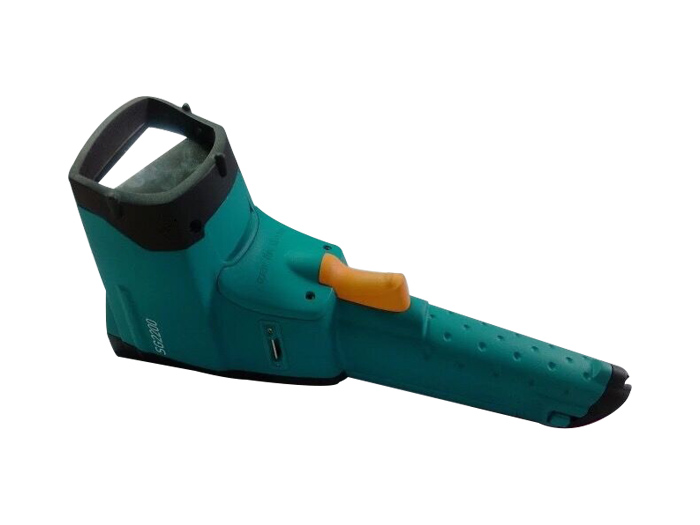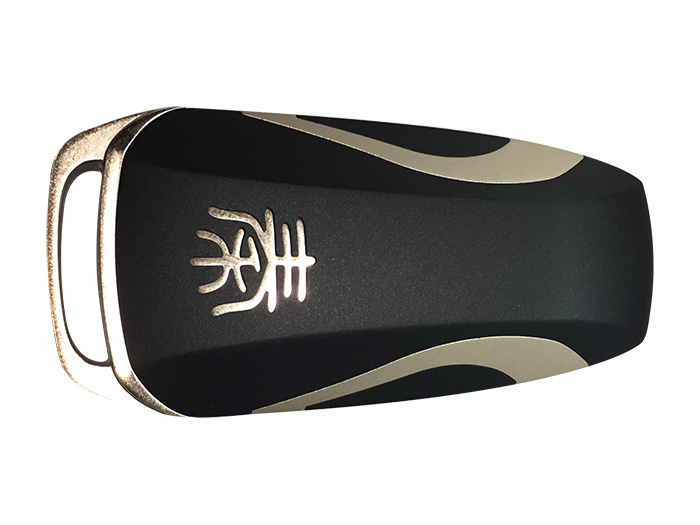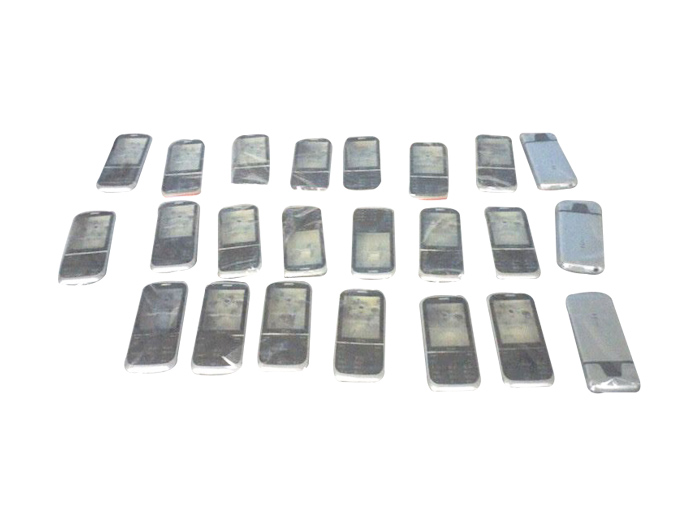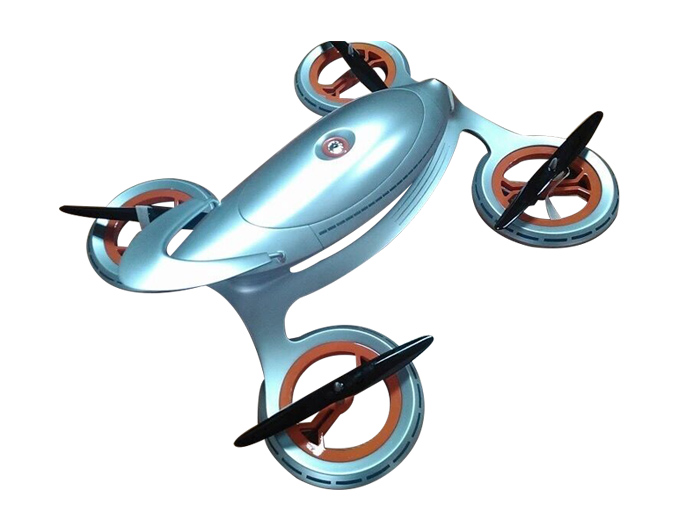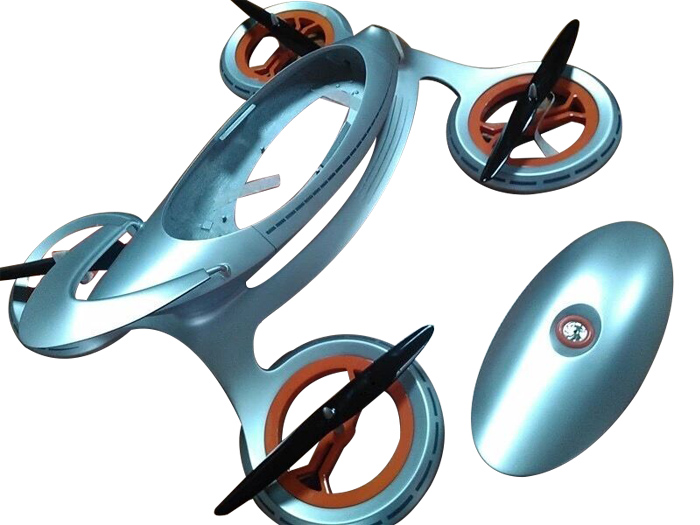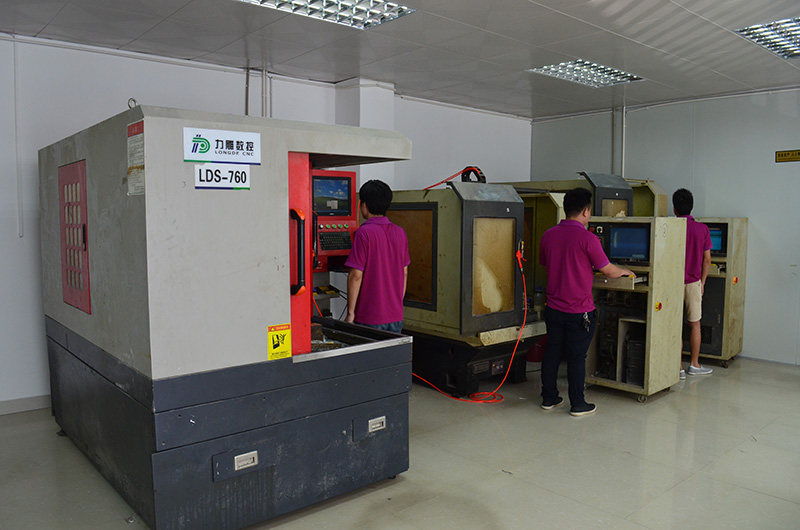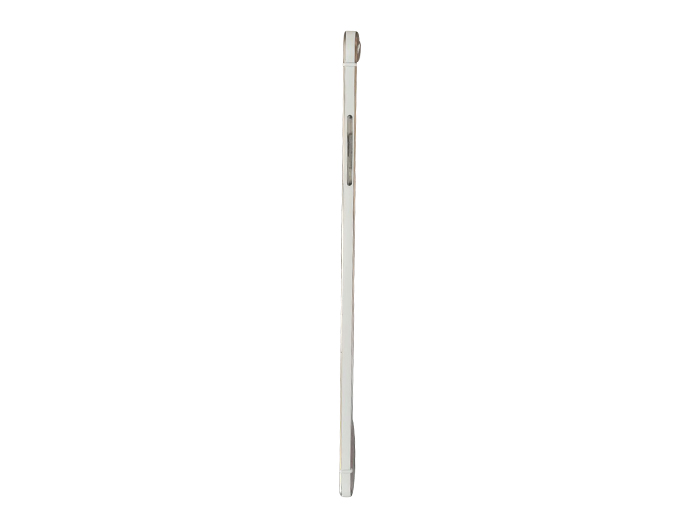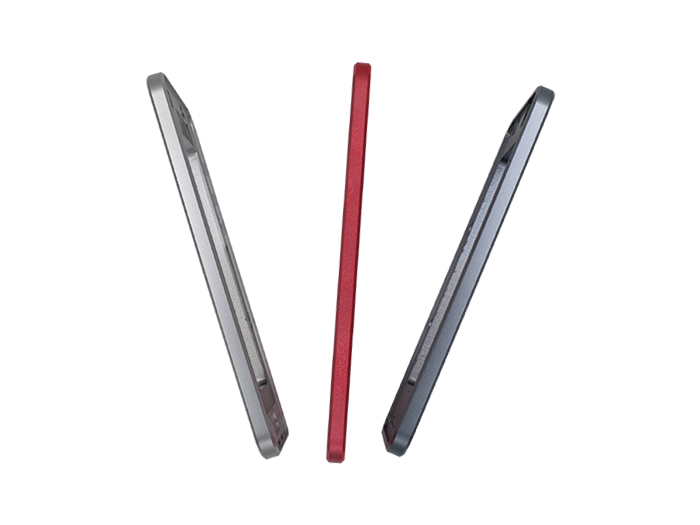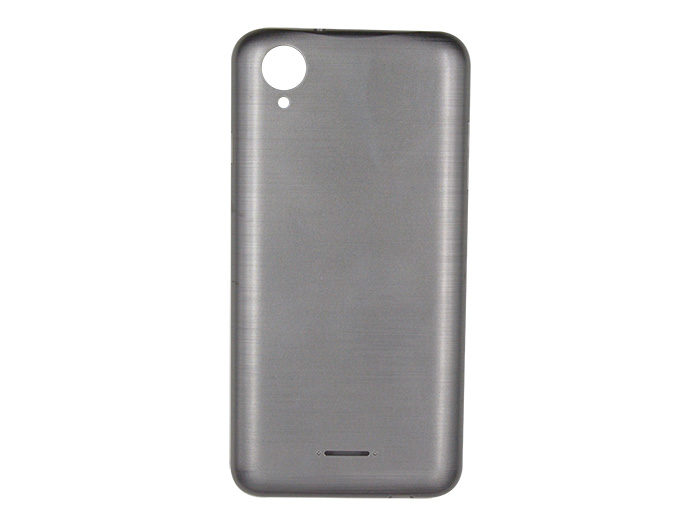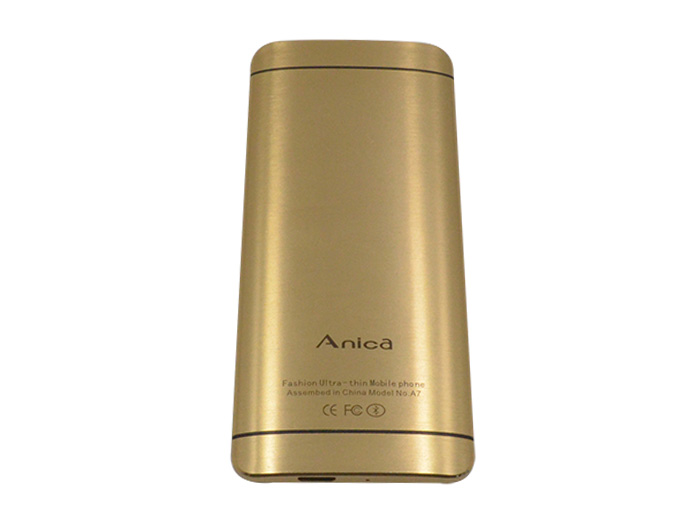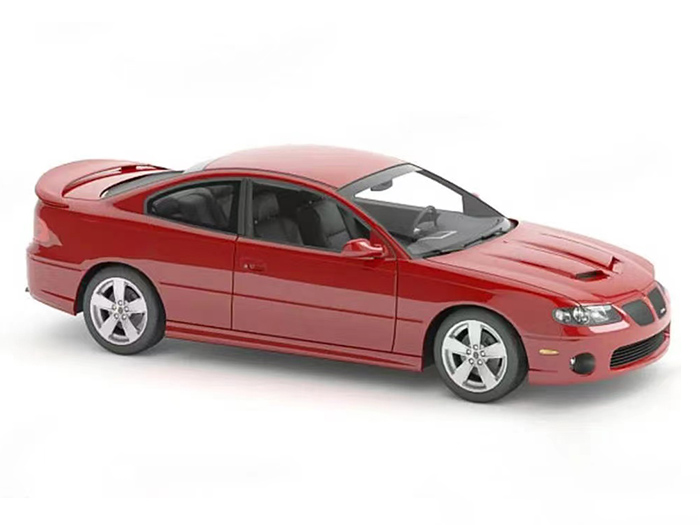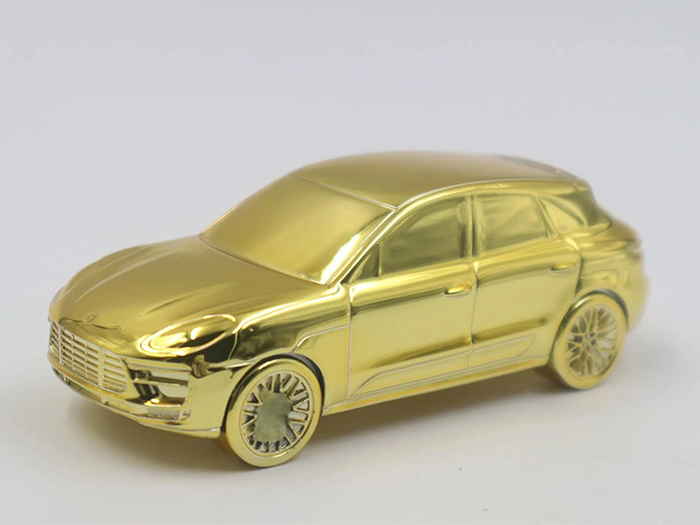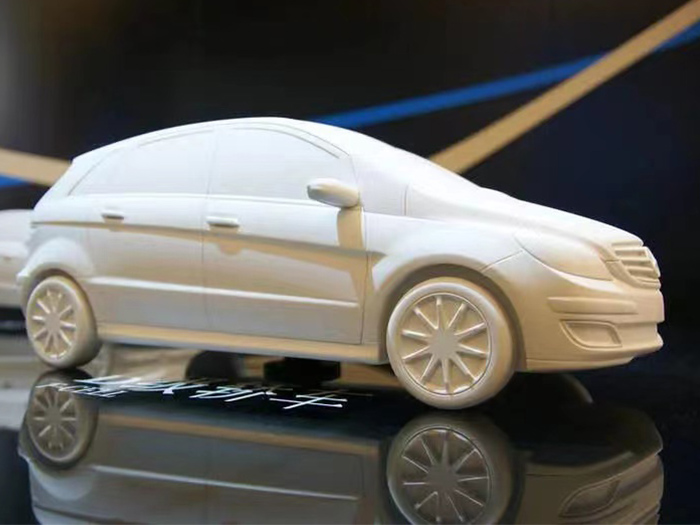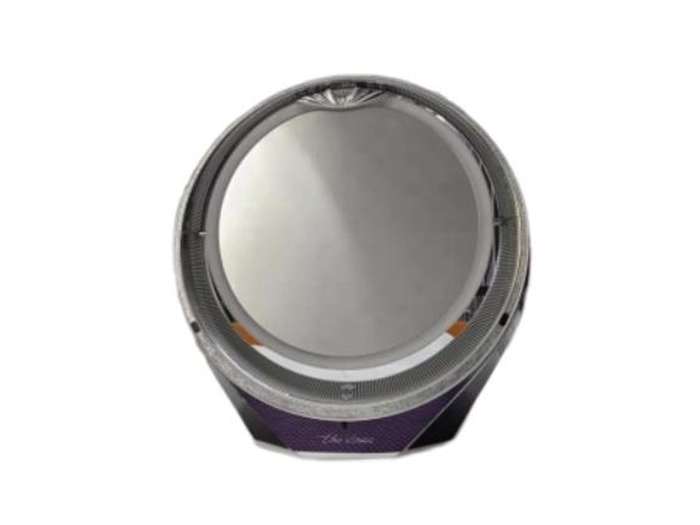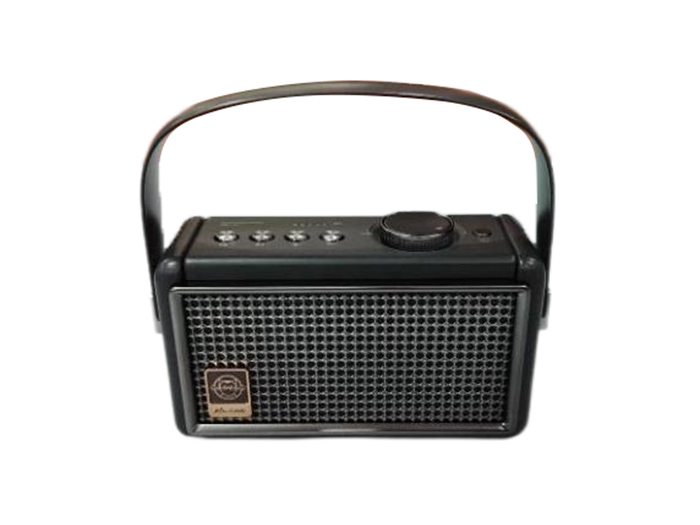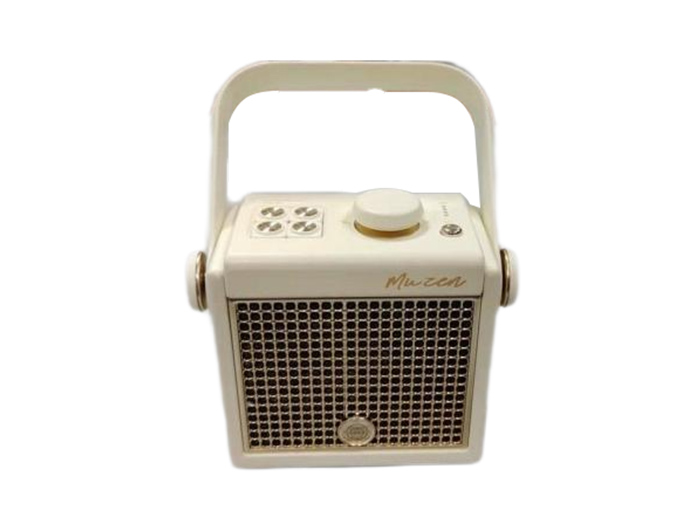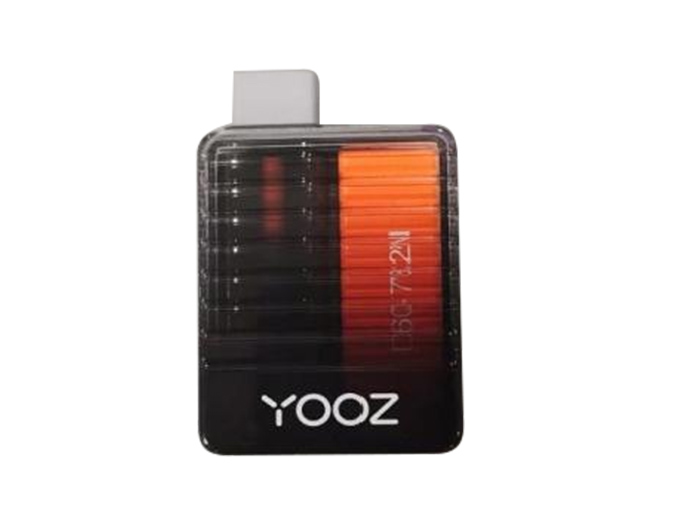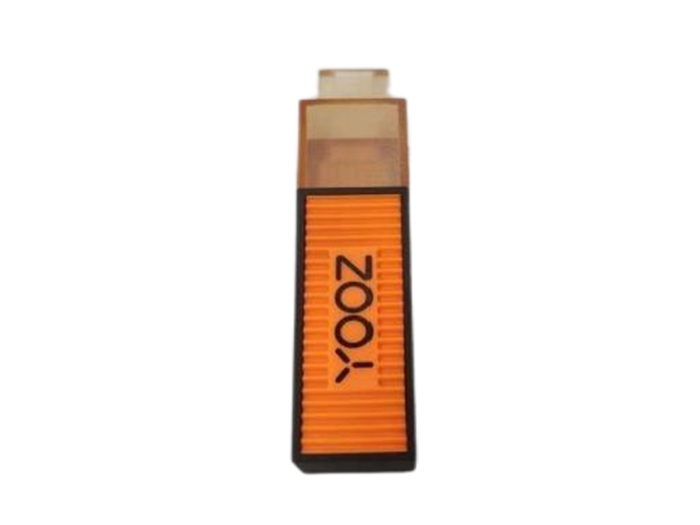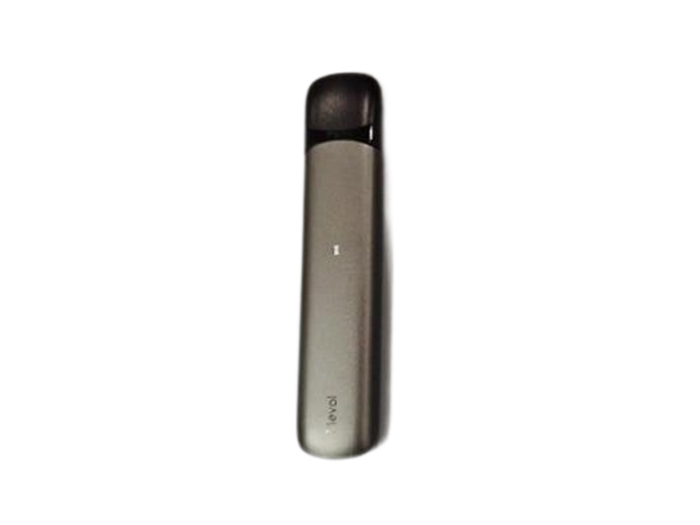

Industry News
Hand plate surface treatment-polishing
Polishing (English name: polishing) refers to the use of mechanical, chemical or electrochemical effects to reduce the surface roughness of the workpiece to obtain a bright and smooth surface. Prototype polishing cannot improve the dimensional accuracy or geometric accuracy of the workpiece, but for the purpose of obtaining a smooth surface or mirror gloss, and sometimes it is also used to eliminate gloss (matting).
There are many types of hand polishing materials, generally divided into: polishing wax, polishing cloth wheel, nylon wheel, hemp wheel, wire wheel, wind wheel, miscellaneous cloth wheel and so on.
Different workpieces have different polishing processes, and different processes require different polishing consumables. The traditional hand plate polishing process is divided into three processes: rough polishing, semi-fine polishing and fine polishing. Today, with the rapid development of polishing technology, the hand plate polishing process has also been rapidly developed and improved, shortening the polishing process to two processes. Even some parts can be polished in one process. Take the polishing of aluminum alloy handicrafts as an example, there are two commonly used methods for polishing aluminum alloy. They are: acid polishing and alkaline polishing. Prototype polishing is nothing more than to get a smooth and flat surface of the workpiece, which is a method of surface treatment of the prototype. Different polishing methods have their own advantages and disadvantages. Take the chemical polishing and electrochemical polishing of aluminum alloy alkaline polishing as an example:
(1) Alkaline chemical polishing
The advantages of aluminum mirror polishing and aluminum alloy polishing: suitable for all kinds of aluminum and aluminum alloys, for cast aluminum and die-cast aluminum (the impurity content is not too high, after sandblasting)
A more satisfactory effect can also be obtained (aluminum base color and shiny). No nitric acid, no Huanglong pollution.
Disadvantages: large amount of dissolved aluminum, general gloss, not suitable for precision parts and parts with mirror gloss requirements
(2) Electrochemical polishing
Advantages: no hexavalent chromium pollution, low cost, can obtain mirror gloss.
Disadvantages: The process is complicated, requiring a rectifier power supply, fixture and anode moving device.
In summary, different polishing methods have their advantages and disadvantages. Therefore, in the aluminum alloy polishing process, a reasonable method should be selected according to the specific workpiece situation, so as to achieve the best polishing effect.
The article comes from: http://www.strongd.cn/cn/html/0218593531.html

